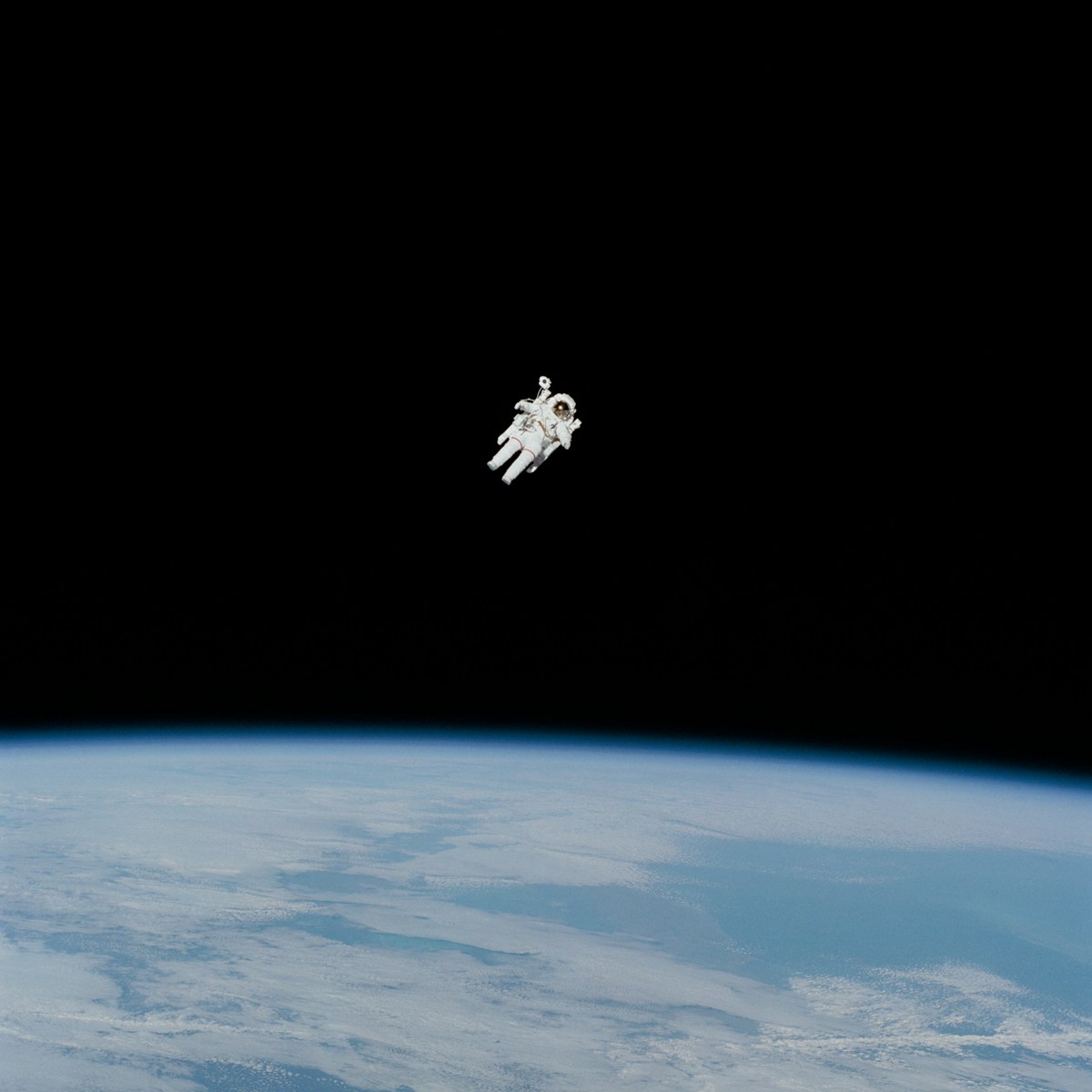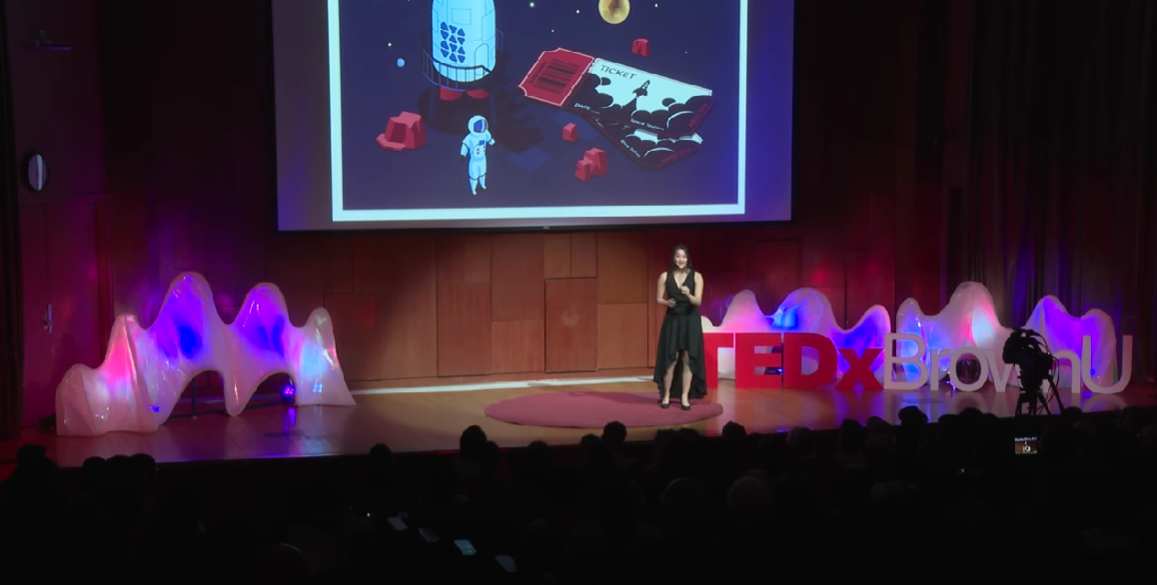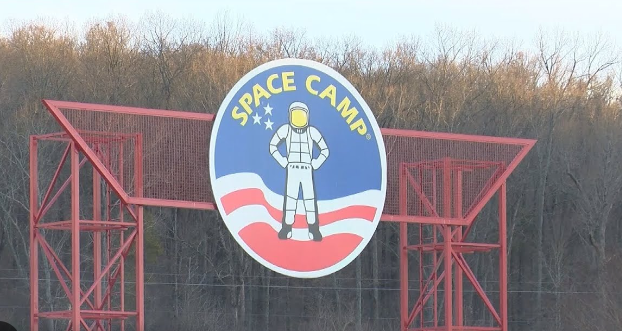By: Julia Seibert
Space, by all accounts, is a decidedly unpleasant environment to find oneself in. It’s either freezing cold or boiling hot, there’s a complete vacuum, the physics are unforgiving – and reaching it costs a fortune to boot. So why does anyone bother going?
Turns out, space is infinitely worth the headaches. One can find the secrets of the universe and our place within it, bringing us closer to answering the biggest questions of them all: why are we here, and are we alone?
Of course, the business perks of the cosmos haven’t been lost on industry; for the last 50 years or so, life has become increasingly dependent on satellites for everything from television and mobile phones to GPS and accessible internet. The in-orbit equipment is also key to monitoring weather, industrial activity, and checking in on your adversary’s activity. But as new technology fuels a surge in spaceflight, it seems safe to speculate that this is just the beginning.
The Historical Perspective of Space Exploration
Evolution of Space Missions and Technologies
Fascination with the contents of our skies has been around for thousands of years, but it was only in the last century that someone figured out how to get up there (though the very first rockets – similar to modern fireworks – date back to 11th century China). That someone was Konstantin Tsiolkovsky, a Russian scientist who in 1903 worked out an equation laying out the physics of sending a rocket to space; it soon became clear that liquid, not solid, propulsion and multiple rocket stages were the way to go. Around 20 years later, American engineer Robert Goddard launched the first liquid-fueled rocket.
The rest was, literally, history. As the Cold War began, the US and the Soviet Union realized that space-faring rockets could easily be fitted with nukes. Both powers then sought to prove their superiority by sending their weaponized innovations into space, and the Space Race was born. Satellites traversing the final frontier were quickly followed by humans, culminating in the US sealing its victory with a moon landing in 1969. A few more moon missions followed, but the point was proven; both powers scaled back their efforts, and no humans have left Earth’s orbit since. Instead, they’ve remained in space stations, researching everything from materials to plants to human biology in space, and left further exploration to robots.
Meanwhile, governments and companies have been sending up satellites for Earth observation and communications – which reached a fever pitch when the American SpaceX’s cost-effective, partially reusable rockets hit the market. Satellites also became smaller and cheaper, making it easier to build up hordes of them in orbit. Now, the space scene is primarily ruled by the US and its commercial companies (often contracted but not controlled by the government), still focused on Earth orbit – but beginning to look beyond.
Scientific Benefits
Learn about the universe
Whether it’s peering into the distant past with powerful space telescopes or sending probes to faraway comets, exploring the universe helps us understand what lies within it – and how it will all end. The James Webb Space Telescope, for example, has beamed back sharp snapshots of stars whose brightnesses allow scientists to figure out the universe’s rate of expansion. This can hint at whether the universe will die a slow death – or go out with a bang. Space exploration can also tell us about ourselves and whether we are alone; telescopes like Webb and Transiting Exoplanet Survey Satellite (TESS) frequently scan exoplanet atmospheres for signs of life. Meanwhile, samples of comet dust fetched by a series of spacecraft have been shown to contain water and organic molecules, suggesting that at least some of these building blocks of life might have been delivered to Earth via comet. Could anyone else out there have received a similar delivery?
Colonization and resource utilization
Other exploration missions stay closer to Earth, many of them checking out the local cosmic real estate. Our solar system isn’t the friendliest of neighbourhoods; you’ll sizzle, freeze, or suffocate on most planets or moons, but there are a few fixer-uppers that might serve as humanity’s first extraterrestrial outposts. Probes and rovers on Mars, for example, paint a picture of a frigid desert that, while not radiation-proof, seems to hold plenty of water ice. Then there’s our very own moon, which both the US and China hope to build manned bases on in the next decade or so. China’s recent lunar missions (its Chang’e series) have probed local resources such as Helium-3, a mineral that might become a boon to fusion energy. If colonization ever becomes a reality, astronauts’ survival depends on exploratory missions.
Medical Benefits
Drugs and biotech
Astronauts aboard the International Space Station and the Chinese Tiangong Station conduct plenty of research on the quirks of space, including microgravity (the weightlessness felt by objects in orbit). The environment is perfect for biotechnological research, such as pharma; for example, crystallizing certain proteins present in drugs or diseases helps scientists analyze their structure and develop alternative, oftentimes optimized treatments. This crystallization is more efficient without Earth’s gravity pulling on the delicate structures. And it’s not just drugs; countless experiments on stem cells and bioprinting artificial tissue – usually impaired by the planet’s gravity – have been conducted aboard the labs. Their use is in high demand, with giants like Eli Lilly and Merck all having sent experiments skywards.
Preparing the Human Body for Exploration
In addition to improving human health on Earth, monitoring the effect of space on station-dwelling astronauts can help prepare for longer deep-space missions. Astronauts serve as the guinea pigs for this; their months-long stints in space have been shown to decrease bone density and affect heart function, for instance, and the heavy battering of radiation they receive isn’t exactly healthy, either. However, the stations’ research has helped scientists develop ways to mitigate these risks; medication could be taken for bone loss, flu shots and quarantine help avoid sickness, and organizing storage in a certain way blocks some radiation. The latter is especially important as future missions will venture outside Earth’s protective magnetic shield, meaning astronauts will get blasted by a far heavier dose of radiation for much longer.
Technological Advancements
It’s not just a handful of humans that lurk in Earth’s orbit; thousands of satellites also whizz around the planet, and their numbers grow almost by the day. Their current heyday can be credited to lowered launch costs – courtesy of SpaceX and some of its peers – as well as miniaturization and standardization of technology, making the machines smaller and more cost-effective. As a result, satellites are now within the reach of countless younger companies looking to make their mark on the industry through innovation. Earth observation companies like the American Planet and Maxar, for example, have hundreds-strong constellations in orbit that can swiftly beam down sharp pictures of almost any corner of the world; this is useful not just to the US government, but also to investors keeping an eye on just how productive their factories are.
Economic Benefits
Satellites are where the money is; this is partly due to the growing demand of SpaceX’s huge Starlink internet constellation, as well as governments’ increased dependence on satellites for defense. New applications of satellites – like the internet – also play a part, as does better and cheaper access to space. This is starting to fuel the growth of new industries, such as space tourism, which is already gaining ground with Virgin Galactic, Blue Origin, and Axiom. In-space manufacturing, which could prove useful to pharmaceuticals and microchips, is being eyed by companies like Space Forge and Varda.
Even without new industries, though, good old state-sponsored space programs are vital providers of jobs. NASA’s Artemis program relies on prime contractors including Boeing and Lockheed Martin, who in turn have over 3,800 suppliers. That’s a lot of jobs, which keeps voters and their congresspeople happy – even if not a lot of launching happens.
Educational and Inspirational Benefits
Space is plenty complicated, but you don’t have to be a rocket scientist to be captivated by it. The sheer fascination with Apollo 11, for example, has been shown to boost higher scientific education in the US; physics and engineering degrees soared during and immediately after the first moon landing, and half of Nature-published scientists from 2006 to 2009 said they were directly inspired by Apollo. It’s therefore no wonder that NASA, SpaceX, and others shout their achievements from the rooftops in the hopes of inspiring the next generation of rocketeers. But space isn’t just inspirational in an educational sense; simply contemplating the vastness of the universe and the simultaneous insignificance and value of our dust-speck of a planet can grant one unparalleled perspective.
Environmental Benefits
Satellite Monitoring
While blasting them into space isn’t exactly great for the environment, satellites can beam down invaluable data on climate change and pollution. NASA has built up a sizeable fleet of such machines in orbit, their specialties ranging from atmospheric health to vegetation patterns to oceanography, all of which can paint a more comprehensive picture of climate change. China and Japan, among others, also have several satellites designed to monitor CO2 in the atmosphere. The Canadian company GHGsat, meanwhile, is building up a constellation designed to pick out methane emissions, recently expanding its scope to include CO2 as well.
Technology
While satellite data reminds us just how grim climate change is becoming, space exploration has also contributed to several technologies to help us better deal with it. One of these is solar power, which was once an elite method reserved for satellites. NASA was one of the only entities supporting its development during the 1970s, helping it become more affordable. NASA has also made strides in recycling aboard the ISS, developing a system that breaks small pieces of waste down into oxygen, water, and some other gases. During the Apollo program, NASA developed a water purification system known as silver ionization, which has since been used in swimming pools and industry.
Space Exploration as a Tool for Peace and Diplomacy
The space race might have been born from political rivalry, but space exploration can also be an effective diplomatic tool. In the years following the race, for example, US and Soviet space programs collaborated on several projects; these included docking their spacecraft in orbit (dubbed the ‘handshake in space’) and the Soviet Mir station hosting NASA astronauts and experiments. More recently, the ISS has remained one of the few collaborations between the US and Russia following the latter’s invasion of Ukraine, with both nations’ rockets frequently carrying astronauts from the other.
As the US has made its triumphant return to the moon, it continues to recruit signees to its Artemis Accords, a set of rules that lay out its vision for exploration. While nonbinding, these might one day become the new norm as existing space law remains fairly weak. China isn’t a fan of this prospect and has been collecting partners for its own lunar base. It has also been offering support to various space programs in Africa, a relative newcomer that is nonetheless on the rise.
The Future of Space Exploration
Future Missions
The next few years in space exploration are set to be eventful as both the US’s commercial-driven Artemis and China’s Chang’e programs ramp up. While three Chinese landers have touched down on the moon during the last decade, NASA is just beginning to get back into the game via its commercial partners (with varying levels of success). By 2030, both nations hope to land humans on the moon and establish bases, but not before another handful of uncrewed missions. For China, this will include a few more probes and orbiters, while the US’s commercial providers will continue testing out their landing systems.
But both nations – and a certain company – are already looking beyond the moon. China and the US hope to return Martian samples to Earth by 2031 and 2034, respectively; China even wants to land humans on the planet by 2031, while NASA aims more vaguely for some time during the 2030s. Meanwhile, SpaceX is actively planning a Martian colony, a goal the company was designed around. With the testing campaign for its Starship rocket – its Martian shuttle – in full swing, SpaceX’s founder Elon Musk has said it could land a spacecraft on Mars in three to four years, with humans to follow. But that’s all easier said than done. Billions in investment – not to mention human lives – will be on the line. Will space continue to be worth its while?
Share this article:








